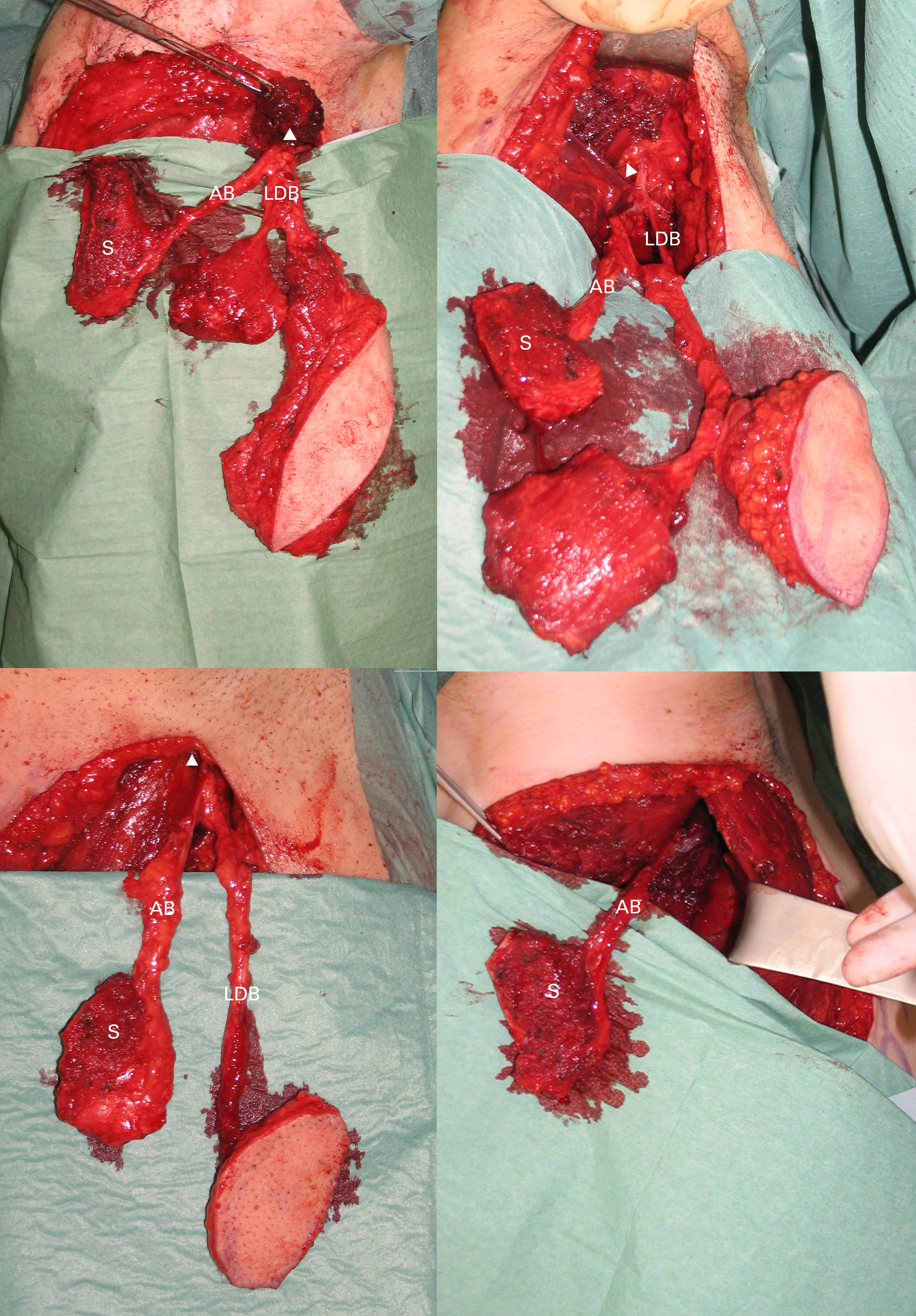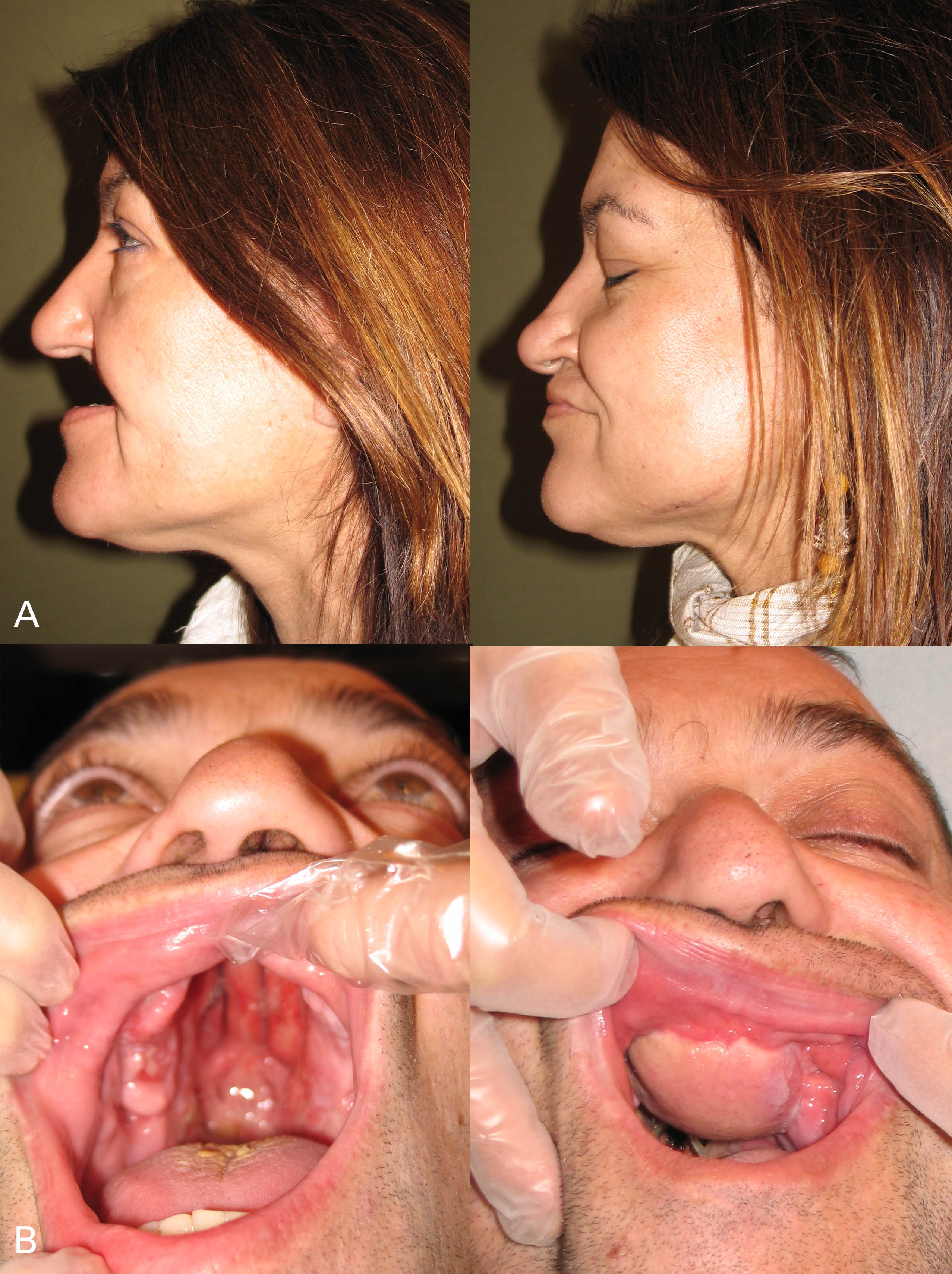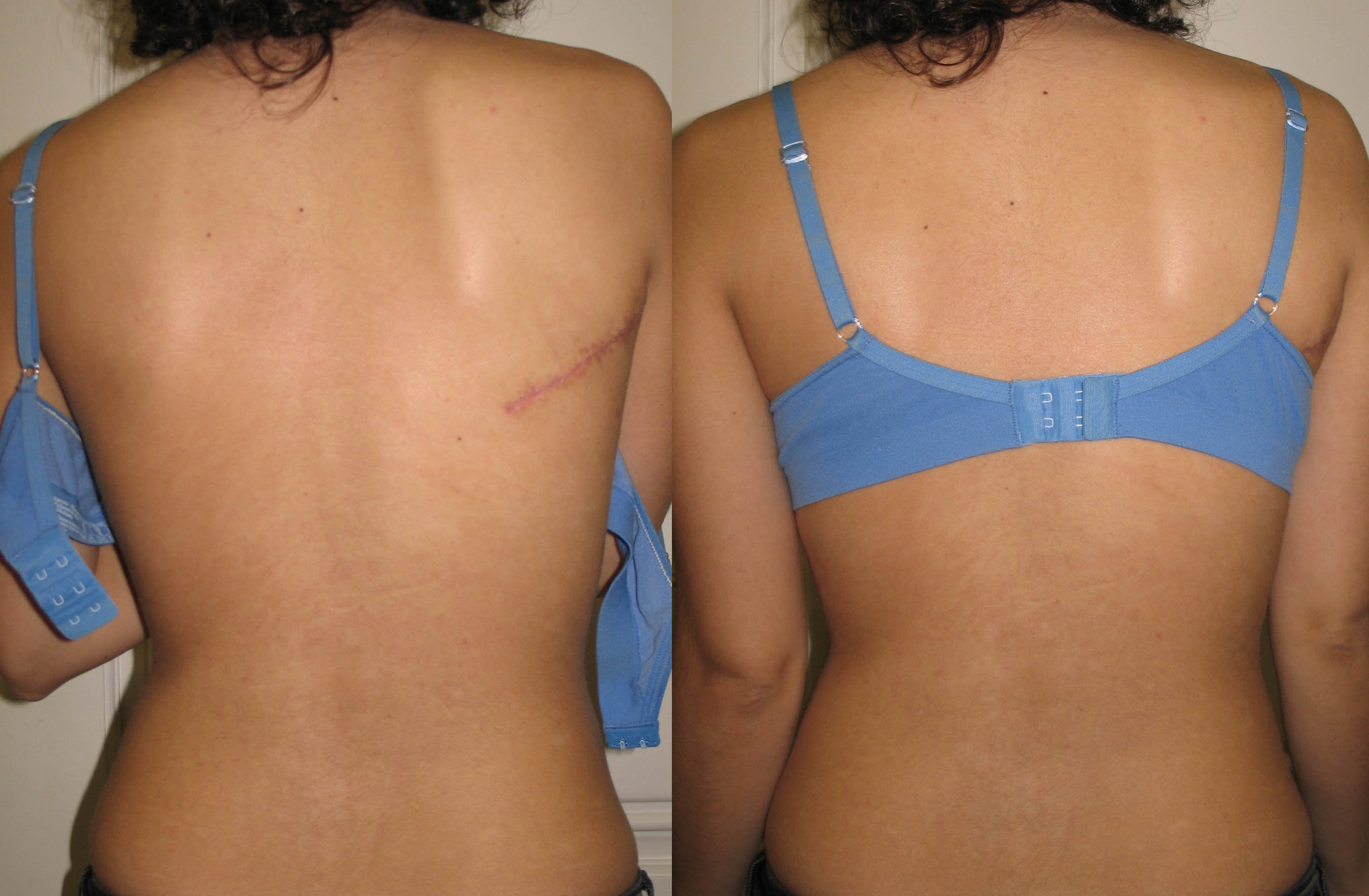Monday, November 3, 2008
14292
Secondary Reconstruction of Bone Defects of the Head and Neck with the Angular Scapular Free Flap
Introduction: Secondary reconstruction of bone defects in the head and neck area poses a great challenge for the plastic surgeon, and is usually more difficult than primary reconstruction. Maxillary and mandibular defects are frequently associated with soft tissue and intraoral defects, requiring composite three dimensional reconstructions. Scar contracture due to previous surgery and irradiation must also be addressed. Selection of recipient vessels may also be limited for the same reasons.
The ideal reconstruction for this type of defects must include a flap with a very long pedicle containing well vascularized bone and soft tissue which can be placed in divergent positions, allowing rigid fixation and osseointegration, and which can be performed in a single stage procedure. The angular scapular bone flap, based on the angular branch of the thoracodorsal artery, fulfills these premises, allowing composite reconstructions of defects of the maxilla, palate and mandible with a single long vascular pedicle (12-14 cm.).
Flaps based on the subscapular artery are not very popular in primary head and neck reconstruction where a 2-team approach is recommended. However, secondary reconstructions do not demand extensive resections but a more versatile and conscientious flap design, for which a one-team approach may be more practical.
Methods: Fifteen patients with bone defects secondary to previous surgery of the head and neck area, in whom primary reconstruction was not performed or had failed, underwent reconstruction with the angular scapular free flap. This series included one total reconstruction of the palate, 3 pre-maxillary defects, one alveolar bone defect, 2 patients with defects of the floor of the orbit, and 3 segmental mandibular defects. Twelve of them required two or more different tissues and where reconstructed using a composite flap based on the thoracodorsal pedicle.
Results: All flaps were successfully transferred and rigidly fixated. There were no flap failures and no complications at the donor site or the scapula. There was no need to use vascular grafts or secondary flaps. Bone consolidation was obtained in all the cases and 6 patients were successfully osseointegrated with dental implants.
Conclusions: The angular branch of the thoracodorsal artery allows harvesting of the tip of the scapula and up to 10 cm. of the lateral border of the scapula. There is no need to include the circumflex scapular artery to obtain a well vascularized bone segment. Although anatomic variations have been reported, in all of our cases the angular branch arose just proximal or distal to the bifurcation of the thoracodorsal branch into the serratus anterior and latissimus dorsi branches (fig. 1). Skin, subcutaneous tissue, muscle or fascia, based on branches of the thoracodorsal, serratus anterior or teres major branches may be associated when needed.
The triangular shape of the tip of the scapula is especially well suited for reconstruction of small pre-maxillary, palate and alveolar bone defects, where bulkiness must be avoided (fig. 2). This flap allows placing the skin island and the bone in divergent positions, facilitating rigid fixation. Segmental defects of the mandible, especially those comprising the angle of the mandible, are also well suited for this flap. The external margin of the scapular bone has a sufficient cross section to allow osseointegration.
When compared with the circumflex scapular flap, the donor scar of this flap is located inferiorly and female patients can easily conceal it in the bra strap (fig. 3). The pedicle is longer than the circumflex scapular pedicle. 
Fig. 1: Angular scapular free flap combined with muscle and skin from the latissimus dorsi (upper left and right), with skin based on a perforator from the latissimus dorsi artery (lower left) or alone (lower right). S= segment of scapular bone, AB= angular branch of the thoracodorsal artery, LDB= latissimus dorsi branch of the thoracodorsal artery, ’ü▓= thoracodorsal artery.

Fig. 2: A. Pre-maxilla reconstruction. B. Total palate reconstruction.

Fig. 3. ĀDonor scar.
See more of Cranio/Maxillofacial/Head & Neck
Back to 2008am Complete Scientific Program
